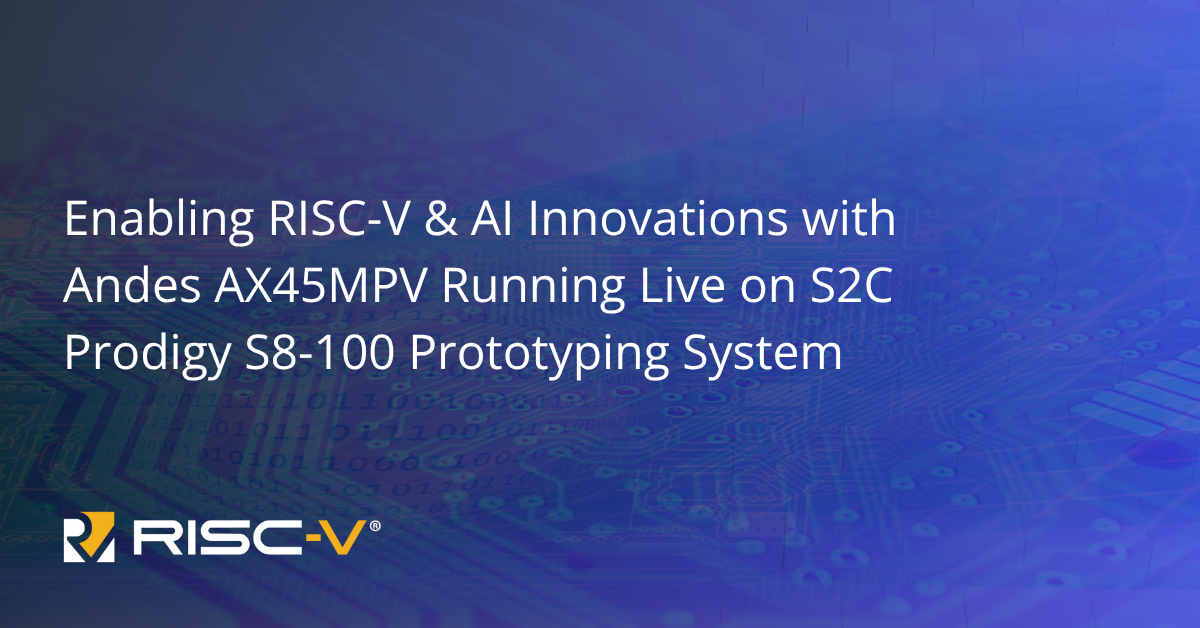
Qualifying an AI-class RISC-V SoC demands proving that wide vectors, deep caches, and high-speed I/O operate flawlessly long before tape-out. At the recent Andes RISC-V Conference, Andes Technology and S2C showcased this by successfully booting a lightweight large language model (LLM) inference on a single S2C Prodigy™ S8-100 logic system powered by AMD’s Versal™ Premium VP1902 FPGA.
Capacity and Timing — Solved in One Device
Prototyping an SoC traditionally requires partitioning the design across multiple FPGAs, complicating timing closure and increasing development risks. S2C’s S8-100 Logic System, with roughly 100 million usable gates on a single FPGA, removes these hurdles. The dual-core AX45MPV cluster from Andes— featuring 64-bit in-order cores and a powerful 512-bit vector processing unit — together with an AE350 subsystem occupies less than 40% of the FPGA capacity. This generous margin allows designers to add custom instructions, additional accelerators, debug logic or secret sauce without a second board. More importantly, the entire design can now reside within a single FPGA in S8-100, eliminating the need for time-consuming partitioning and avoiding cross-chip latency that would otherwise throttle performance. Freed from the architectural compromises of multi-FPGA systems, the design can be operated at a speed enough to run large-scale software — enabling faster iterations, more realistic validation, and a dramatically simpler prototyping flow.



